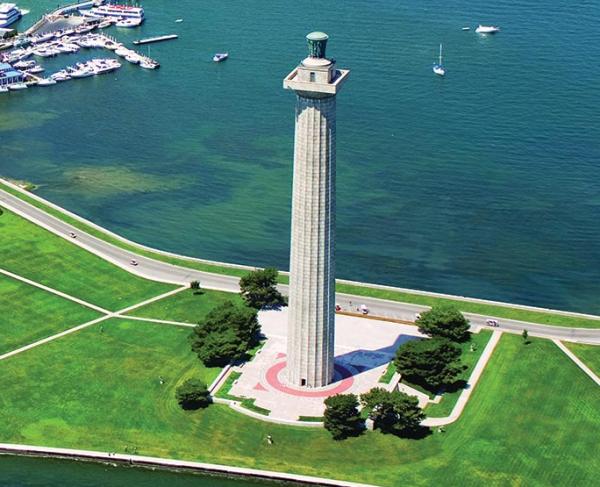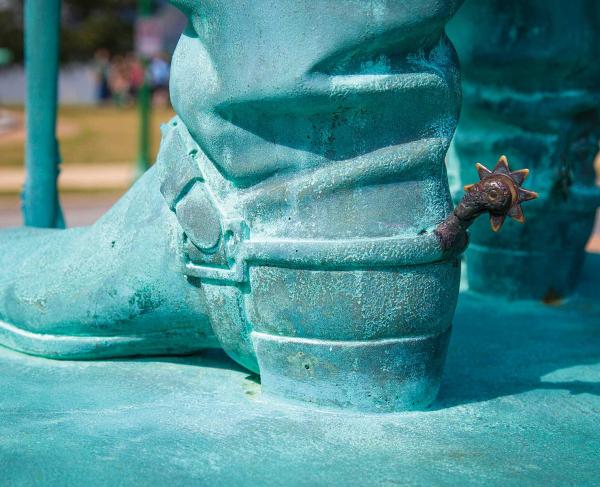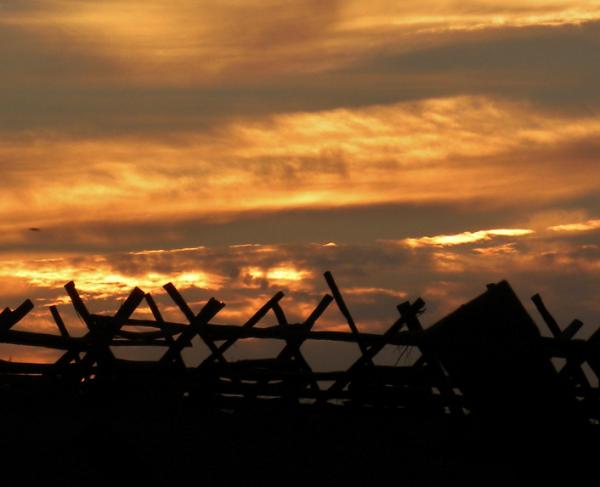10 Facts: Civil War Battlefield Monuments, Markers, and Tablets
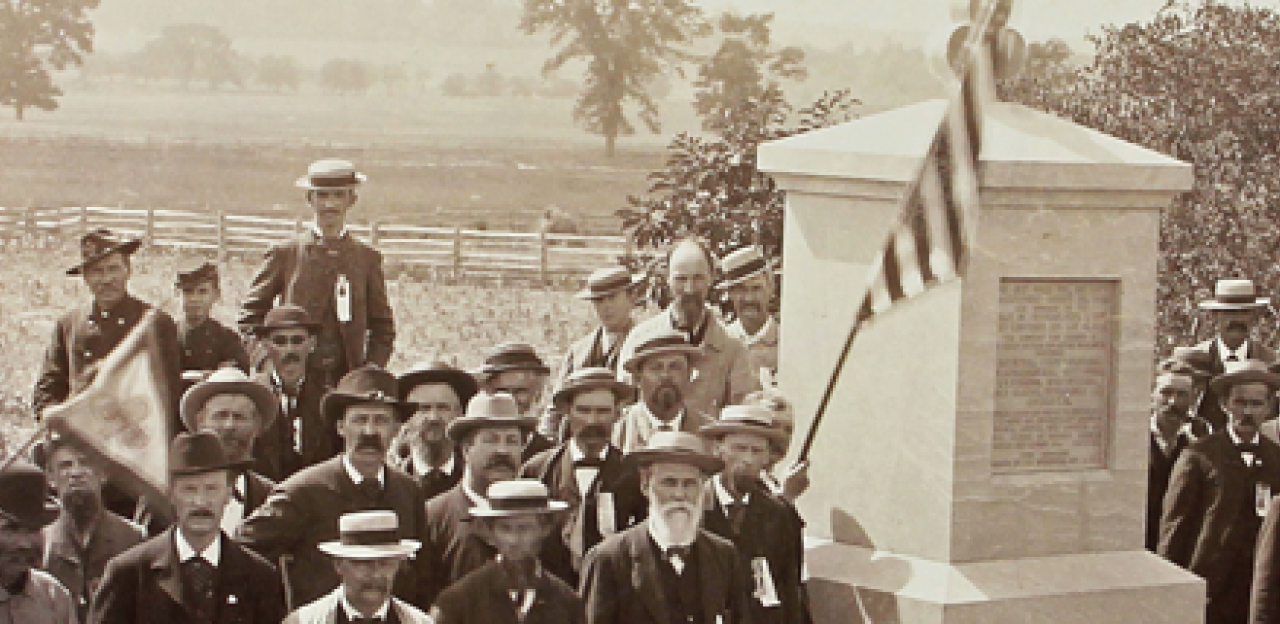
Fact #1: Most battlefield monuments, markers, and tablets were erected by veterans specifically for future generations to learn who did what, where, and when.
Civil War veterans were proud of their service and by the early 1880s were concerned by rapid changes taking hold of some battlefields. The population was growing, towns were expanding, and if something were not done quickly, these fields of battle may have been lost forever. While a battlefield preserve had been established at Gettysburg as the war still raged, the first National Military Park was established at Chickamauga and Chattanooga in 1890. At Chickamauga, veterans from both sides rallied together to create a "park capable of providing an accurate tool for military study." Today, military units from around the world utilize the National Park Service’s battlefield parks, as well as the thousands of monuments and markers that help them to understand where the battle unfolded, why decisions were made, and how the lessons from the past can be implements on battlefields of the future.
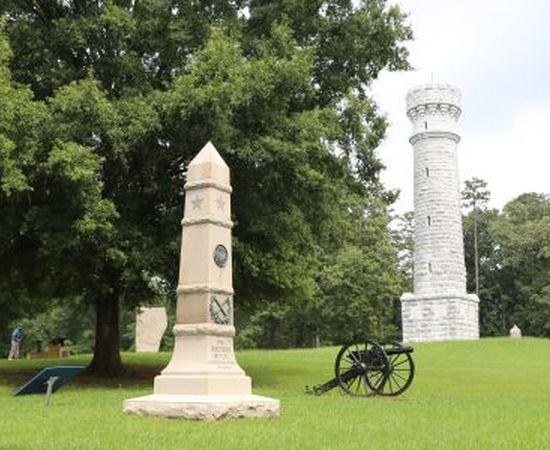
Fact #2: There are more than 6,000 markers, monuments, and tablets on Civil War battlefields.
As early as 1865, Civil War veterans began placing monuments to commemorate their wartime actions. By the mid-1880s, memorialization of Civil War battlefields was reaching a fever pitch. Hundreds of monuments and thousands of markers began to spring up over the next three decades. A vast majority of these monuments, markers and tablets denote Civil War units, rather than individual military figures. Many of the monuments were erected with private funds, but the placement of most of the markers and tablets was overseen, and paid for, by federal or state governments on newly acquired battlefield land at Chickamauga-Chattanooga, Gettysburg, Shiloh, Vicksburg and Antietam.
Fact #3: Battlefield memorialization was most often supervised by federal government commissions, comprised of Union and Confederate veterans.
Most early battlefield parks had a commission that oversaw their development. This included, but was not limited to, purchasing land, overseeing installation of park roads, placing monuments and tablets, and more. These commissions consisted of former veterans from both sides, most of whom participated in the relevant battle. For example, the Antietam Battlefield Board was made up of two former Union officers, Ezra Carmen and George B. Davis, and former Confederate officer Jedediah Hotchkiss.
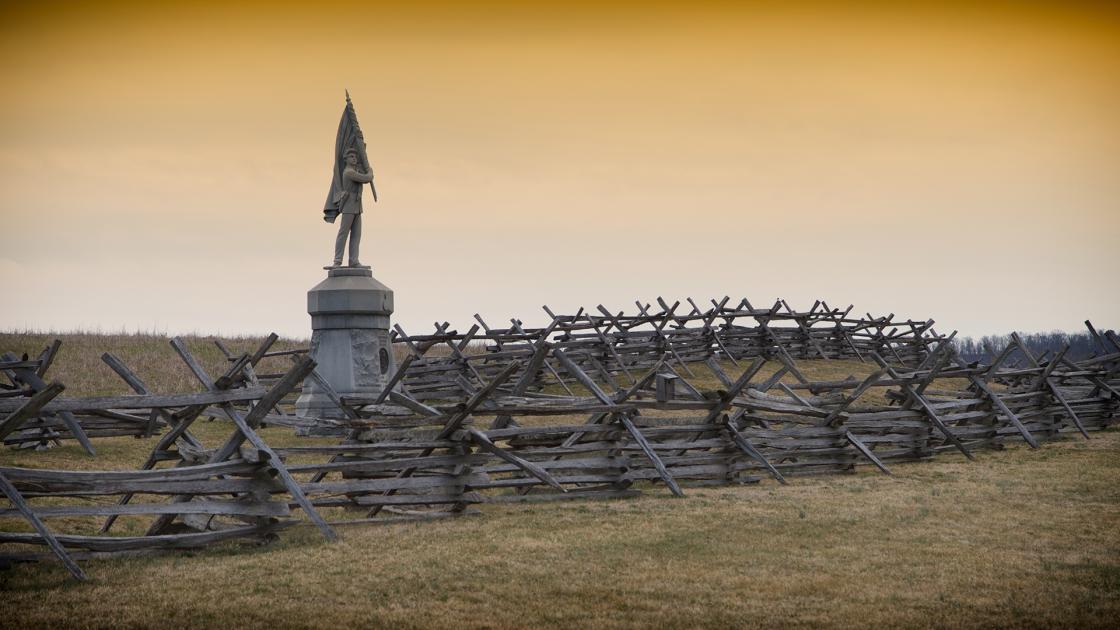
Fact #4: The majority of the first monuments were constructed by Union veterans.
As early as 1865, Union veterans went back to the fields on which they fought to memorialize their deeds and their fallen comrades. In the days before national parks, veterans would purchase small plots of land from local farmers, churches and municipalities. From there, the veterans would employ a sculptor and/or monument manufacturer to design and build their monument. Some purchased their monument from a catalog; you may see the same soldier adorn a Union monument at Gettysburg and a Confederate monument at Chattanooga. The majority of Union monuments were placed from 1880 to 1918.
Confederate monuments were not as quick to spring up. Due to the shattered Southern economy, early monument funds were raised by the wives, widows and daughters of former Confederate soldiers. By holding book sales and tea parties, these ladies raised funds and started placing monuments. The majority of Confederate monuments were placed from 1900 to 1918, with a resurgence during the Civil War Centennial era of 1957-1965.
Fact #5: Battlefield monuments serve numerous purposes.
The majority of monuments on battlefields denote the position and movements of military units during given battles. Some markers simply denote geography. Other monuments depict the deeds of heroic men and women, such as the Clara Barton monument at Antietam, a forward aid station near the Wheatfield at Gettysburg, and the last-ditch stand at Chickamauga’s Horseshoe Ridge. They show us that battlefields were more than places of combat—they were, and are, places of quiet remembrance. Long after the Civil war, they were utilized by the U.S. Army as training grounds. One marker at Gettysburg denotes the site of Camp Colt, a World War I tank training camp overseen by a young captain named Dwight D. Eisenhower. Above all, the monuments, memorials and tablets serve as a reminder of the sacrifice made by the men and women of the armed forces.
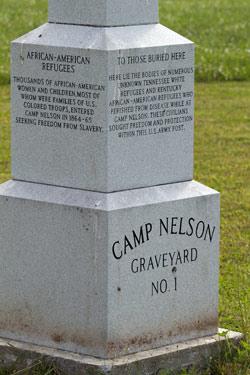
Fact #6: Because of their monuments, battlefields are also outdoor sculpture parks.
Civil War memorials are filled with symbolism, employing the artistic traditions of their respective time periods, from the 1860s to the present. Influential sculptors such as Felix de Weldon, creator of the Marine Corps War Memorial in Arlington; Gutzon Borglum, the force behind Mount Rushmore; and Augustus Saint-Gaudens, whose work has been showcased in the Musée d'Orsay and Metropolitan Museum of Art, shaped some of the most famous Civil War monuments.
Sculptors took the job seriously. Noted artist and sculptor James Kelly created a number of famous Civil War monuments. His process included meeting with the subject (if they were still alive) and their colleagues; then he studied photographs and portraits from the time period. His statue of Gen. John Buford at Gettysburg was initially panned by friends of the deceased horseman, since Kelly did not place Buford atop a horse. One critic even suggested that it would be better for him “to stay home and not attend the unveiling.” But once the work was unveiled, a former classmate of Buford’s exclaimed, “I knew Buford at West Point, served with him in the Mexican War and saw him at Gettysburg. The proportions are good—the character is good. That’s Buford!”
Fact #7: Early national cemeteries played host to monuments.
The national cemeteries at Antietam, Chattanooga, Fredericksburg, Gettysburg, Shiloh and other battlefields predate the founding of many battlefield parks. Today, some 130 cemeteries are part of the National Cemetery System. Because the graveyards were protected ground, and the cemetery grounds were usually located near or on a major battlefield feature, some monuments were placed in and among the headstones.
The first complete stone memorial erected at Gettysburg is an urn dedicated to the 1st Minnesota Infantry, which sits in the Minnesota section of Soldiers National Cemetery. Shiloh National Cemetery is nestled on the banks of the Tennessee River, and was once part of the Federal defensive line; one of the Federal monuments in the cemetery is to the 9th Illinois Infantry. Fredericksburg National Cemetery, atop famed Marye’s Heights, contains several Federal monuments as well as a monument to a Confederate unit, Parker’s Battery, which fought there in the Second Battle of Fredericksburg.
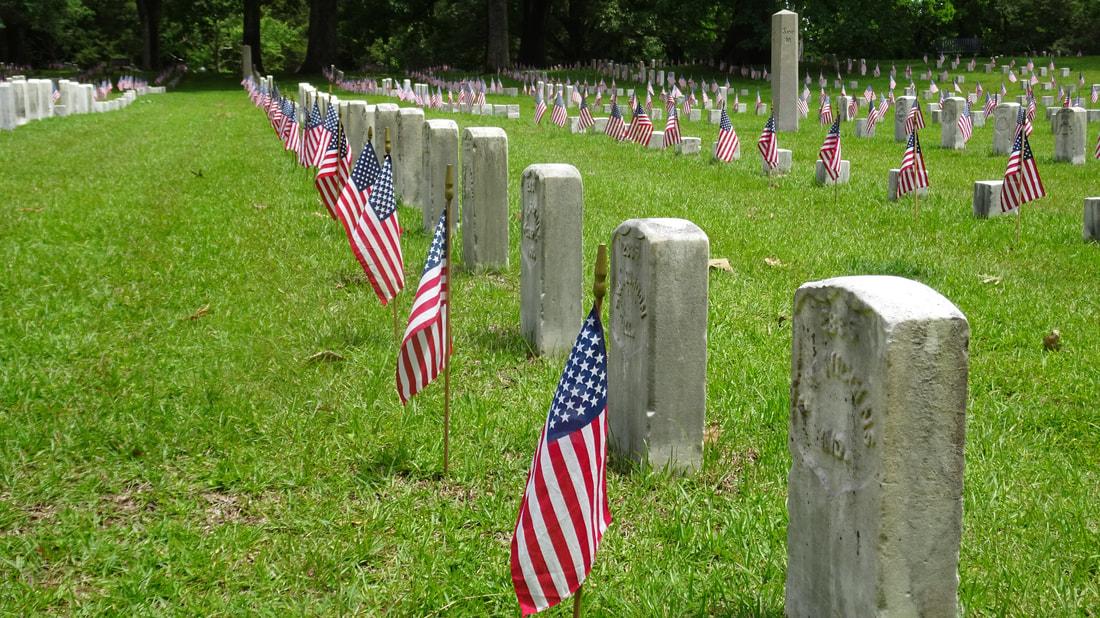
Fact #8: The legs of generals horses on equestrian monuments at Gettysburg do not tell you if they were wounded or killed.
One myth that persists to this day has to do with the mounted general officers memorialized at Gettysburg. Some early guides claimed that if a mounted officer’s horse had all of its feet on the ground (that is, on the monument), this meant that the officer had come out of the battle unscathed. If one foot was in the air, they had been wounded. If two were in the air, they had been killed. While this is a wonderful anecdote and happens to align in some cases, it is not true, and the sculptors of these monuments said so.
Fact #9: Some park commissions tried to differentiate between Union and Confederate tablets and markers.
The hundreds of tablets and markers that dot some Civil War battlefields can make it hard to follow the action and differentiate between Union and Confederate units. The early park commission at Gettysburg designed the bases of its monuments to differentiate between the two sides. For example, a Union brigade’s tablet is situated on a square granite base, while Confederate brigade markers are placed on round bases. At Shiloh, a variety of different shapes and colors are used on its tablets—blue for some Union, red for Confederates, black for campsites, and yellow for the Army of the Ohio.
Fact #10: Monuments are not always accurately placed on battlefields.
Park commissioners were often challenged on monument locations. Many times, the early parks did not own the land on which a unit fought. Veterans looked to rectify this by placing text on the monument that would help clarify where they actually fought. A monument might state “300 yards north of here,” or “500 yards south of here.” Commissions also wanted to avoid haphazard placement of monuments. At Gettysburg, this meant that monuments had to be placed along the main line of battle. The problem is that units move around a lot, and these locations were at times arbitrary and vague. This approach helped to make monument placement uniform, but it also kept Confederate monuments away from Union monuments. For example, Confederate units attacking Little Round Top entered the battle along Warfield and Seminary ridges, up to one mile away from the main Union battle line. While former Confederates fought with the commissions to place monuments closer to where they had engaged the Federals, they were overruled at almost every turn.
